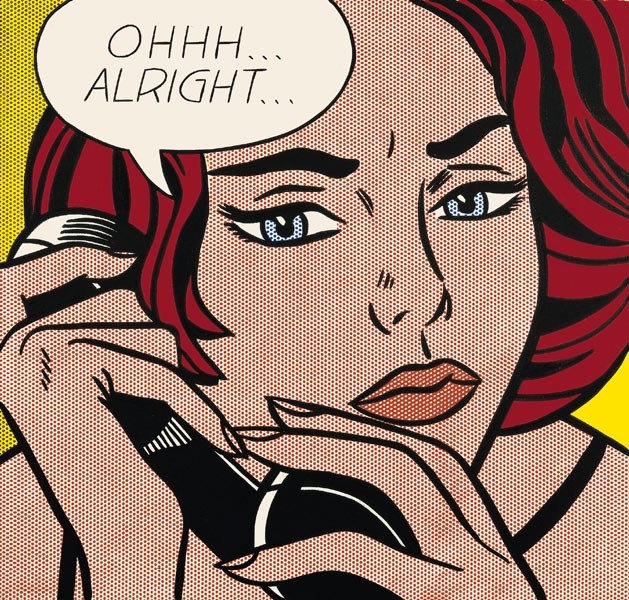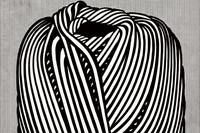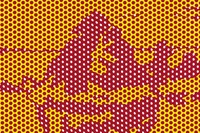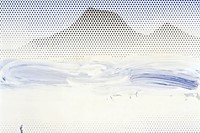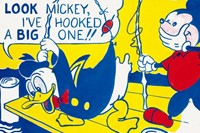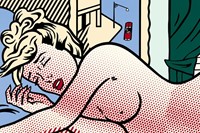Think Lichtenstein and think bold. Think of splashy, shameless comic book spreads, pouting lips and weeping women...
Think Lichtenstein and think bold. Think of splashy, shameless comic book spreads, pouting lips and weeping women. Think Hollywood men with steely gazes and steaming spit fires exploding onto oversized canvases. The late artist’s work is some of the most iconic and defining imagery of the Pop art era.
It is this notion of Lichtenstein as all flash that the team behind the Art Institute of Chicago’s new retrospective wanted to challenge. James Rondeau, chairman of contemporary art at the museum and Sheena Wagstaff, chief curator of the Tate Modern, have spent the better part of five years organising the exhibition. Rondeau – who worked as an intern at the Guggenheim’s last Lichtenstein exhibition 20 years ago – and Wagstaff delved head first into Lichtenstein’s complete body of work to select 160 key pieces that not only pay tribute to his girls and fighter jets but introduce the never before seen, much gentler and understated, sketches and sculptures.
"Most intriguing are his studies that softly trace his initial thoughts and designs behind some of his most famous work..."
“Lichtenstein is rightly recognized for being a foundational Pop artist who created some of the most iconic works of the 20th century,” said Rondeau, “But these works – the comic strips, the war imagery – represent only part of Lichtenstein’s decades-long career.” The other part Rondeau is alluding to are the etchings of his larger scale pieces that uncover Lichtenstein’s working process. Most intriguing are his studies that softly trace his initial thoughts and designs behind some of his most famous work including a rough rendering of Ohhh…Alright…, in which a red-haired cat-eyed girl moodily holds a phone is lightly shaded in graphite and coloured pencil.
In addition to the studies, more unexpected pieces crop up from Lichtenstein’s family, estate and other unearthed private collections. There is a surprising post-war work inspired by Abstract Expressionism as well as a collection nodding to art history: Reinterpretations of Monet’s Haystacks and a cubist portrait directly referencing Picasso offer an added dimension to Lichtenstein’s canon. They are the antithesis of the archetypal beauties he appropriated from the DC comic Secret Hearts and the hotdogs and slices of pie that celebrate Americana.
The hype around Lichtenstein, who died in 1997, has little fizzled since his 60s hey-day and all but exploded in recent years. With Andy Warhol’s name rarely out of the public eye, his fellow Pop-art-stars – Jasper Jones, Robert Rauschenberg and Lichtenstein himself – have not trailed far behind. Earlier this month, Lichtenstein’s The Sleeping Girl, 1964, brought in a record breaking $44.8million at Sotherby’s New York and this epic retrospective is one of the most anticipated of the year. Clearly, there is still love in the air for Lichtenstein and his Ben-Day dots.
Roy Lichtenstein: A Retrospective runs at the Art Institute of Chicago from May 22 to September 3 before moving to the National Gallery of Art in Washington in October and London’s Tate Modern in February 2013.
Text by Karla Evans
